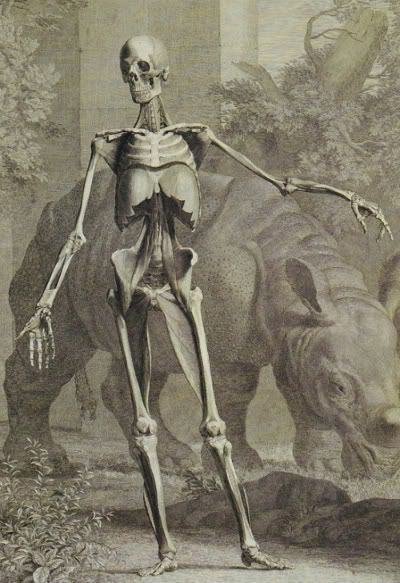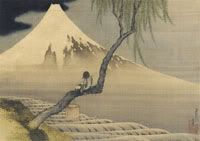 Fragonard continued...
Fragonard continued...During his apprenticeship with Boucher, Frago won the coveted Prix de Rome with his version of Jeroboam Sacrificing to Idols...he and the other contestants were shut up in their respective rooms for a week, working everyday with visions of St. Peter's Square and the Trevi Fountain and the Villa Borghese dancing in their heads. His prize was three years at the Academie de France in the Eternal City.
He spent his time copying and learning from the great Italian masters like Cortona and Tiepolo, studying under contemporary virtuosos like Natoire and Piranesi. Piranesi hasn't really been considered that big of an influence in Frago's work, but the man did draw and paint a number of romantic ancient ruins overgrown with shrubbery and trees--and his drafting method mirrors the printmaker's etching technique.
His instruction with Boucher began to shine through later, and riots of foreground foliage and muted blue-greens in the atmospheric distance provided the setting for his cutesy staged scenes. Landscapes reminiscent of his time spent pouring over Ruisdaels (at the behest of Boucher) flourish in his Tivoli paintings.
The State of Fragonard at his time in the Academie: a gander at Hadrian's Villa in Tivoli, just outside of Rome, photos provided by Mary Ann Sullivan, found at her spectacular site documenting her trip.
The Maritime Theater:

 Nymphaeum on the south side of the Piazza D'Oro:
Nymphaeum on the south side of the Piazza D'Oro:












.jpg)


































